FOR IMMEDIATE RELEASE
June 2, 2025
Media Contact:
Eloise Beil, Deputy Project Manager
[email protected]
Cell/Text 802 999-1798
Traditions Come to Life at Abenaki Heritage Weekend
June 14-15 at Lake Champlain Maritime Museum
On June 14-15, citizens of the New England Abenaki community will gather at Lake Champlain Maritime Museum to celebrate their history and heritage, and the public is invited! Organized by the Vermont Abenaki Artists Association, this free event is open from 11 a.m. to 4 p.m. both Saturday and Sunday.
One of the highlights is the Native Arts Marketplace, where visitors can talk to artists, watch craft demonstrations, and purchase outstanding beadwork, paintings, jewelry, wampum, woodwork, leatherwork, drums, and other items.
“That’s what I love about this event – Abenaki people get to speak for themselves,” said Vera Longtoe Sheehan, Executive Director of the Vermont Abenaki Artists Association. “Visitors get to have personal conversations with artists about unusual craft traditions, with scholars Frederick M. Wiseman and Margaret Bruchac, and other community members with deep knowledge of both new research and the lived experience of generations of Indigenous Vermonters.”
Throughout the weekend there will be activities of interest to everyone. Bring a picnic lunch and enjoy singing and drumming by the Nulhegan Drum. Children and adults alike will enjoy storytelling by Nulhegan Chief Don Stevens. A Children’s Area will include hands-on projects where children can enjoy cultural learning or make a gift to bring home for Father’s Day.
For those who want to bring home some lasting memories, the variety and quality of work created by Abenaki artists is outstanding. In the Arts Marketplace you will find traditional arts handed down through generations, as well as contemporary art often inspired by tradition. Michael Descoteaux demonstrates the making of hand drums; Patrick and Morgan Lamphere showcase an abundance of carved wood and shaped stone; and Linda Longtoe Sheehan presents wampum jewelry, while Victoria Barry shares beadwork. Liz Charlebois creates designs with the little-known art of birchbark biting. Carol McGranaghan crafts jams and jellies from hand-picked wildflowers. On Saturday, basketmaker Kerry Wood demonstrates the traditional weaving of Ash splints, a centuries-old technique now threatened by the arrival of Emerald Ash Borer beetles.
For a deeper dive into Abenaki culture, browse book tables with works by Abenaki authors both scholarly and family friendly. Bring home the latest research or favorite classics.
A special exhibit, Deep Roots, Strong Branches will open during Heritage Weekend. Artwork and stories by a dozen American Abenaki artists reflect centuries of life in the Abenaki homeland and the resilience of Abenaki people during troubled times. Tour the exhibition with curator, Vera Longtoe Sheehan this weekend, and return to visit the exhibition all season.
Thanks to Vermont Humanities and Vermont Arts Council, for their sponsorship of the event. Vermont Abenaki Artists Association and the Abenaki Arts & Education Center are supported by New England Foundation for the Arts through the Cultural Sustainability program of the Wallace Foundation. For more information on Abenaki Heritage Weekend, visit: AbenakiArt.org/abenaki-heritage-weekend.
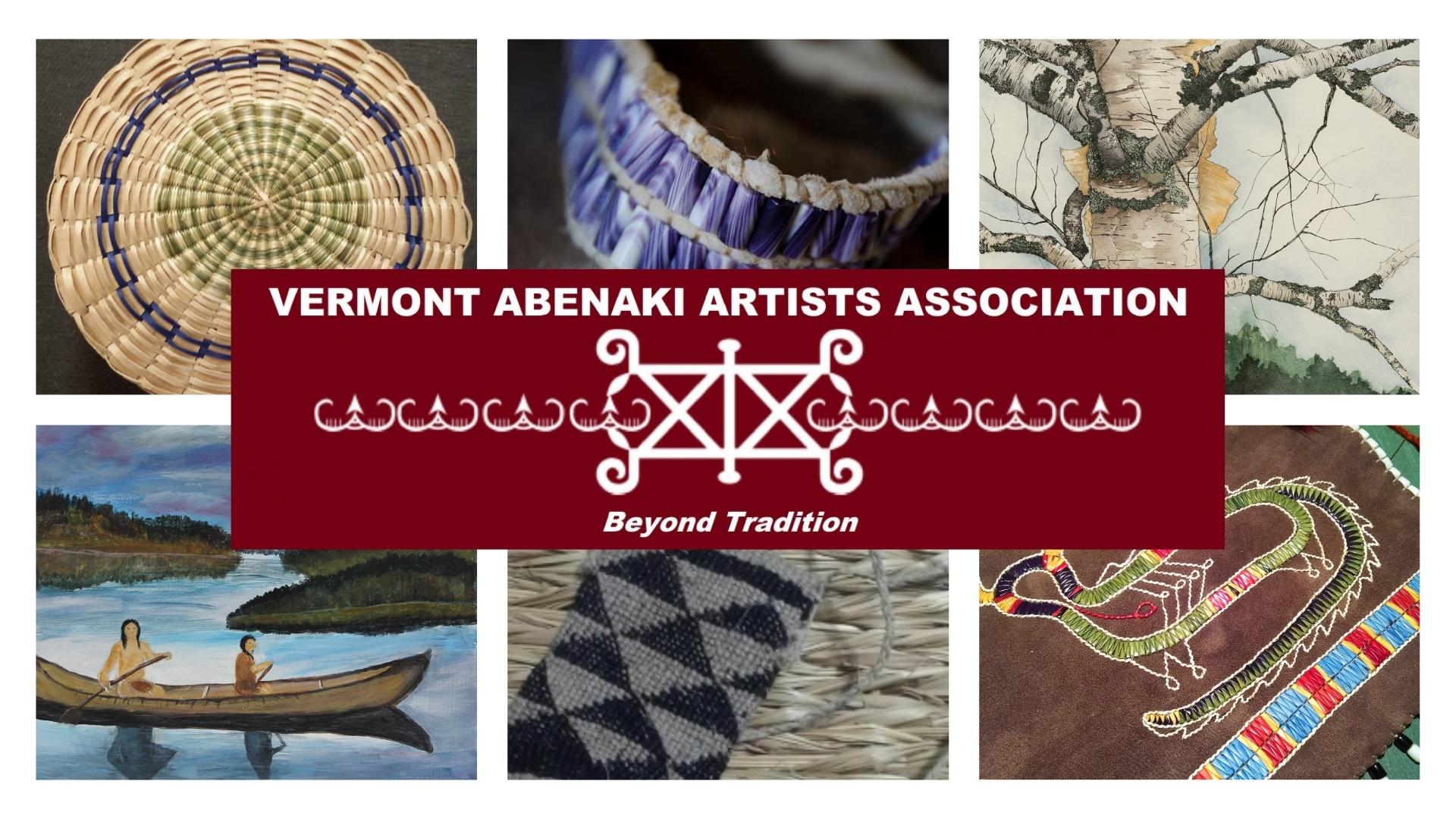



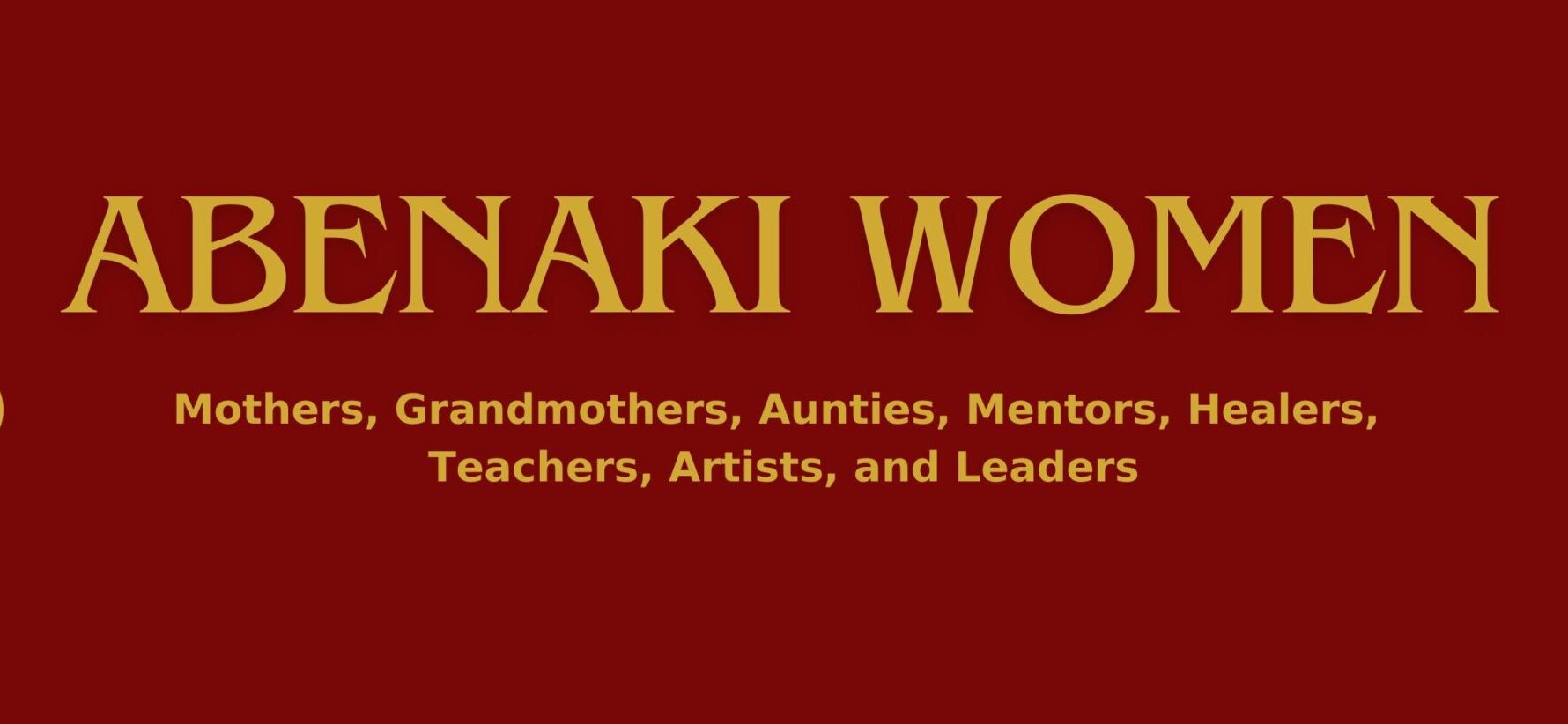

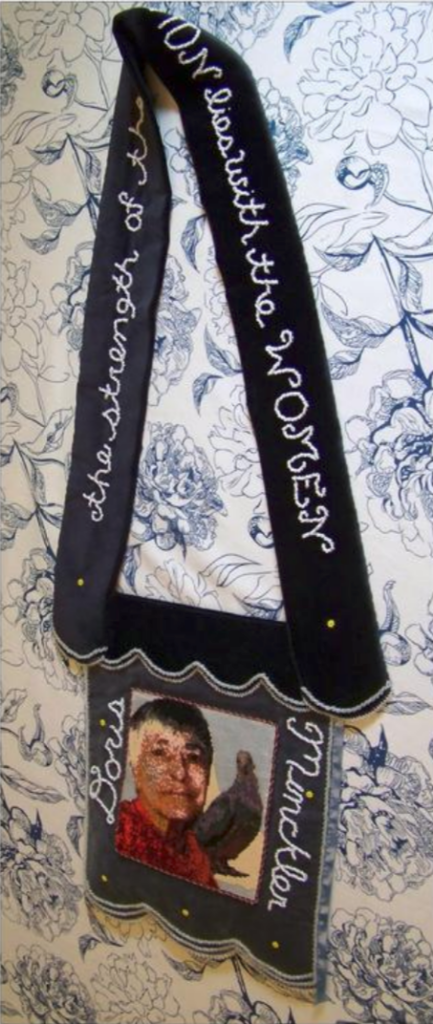
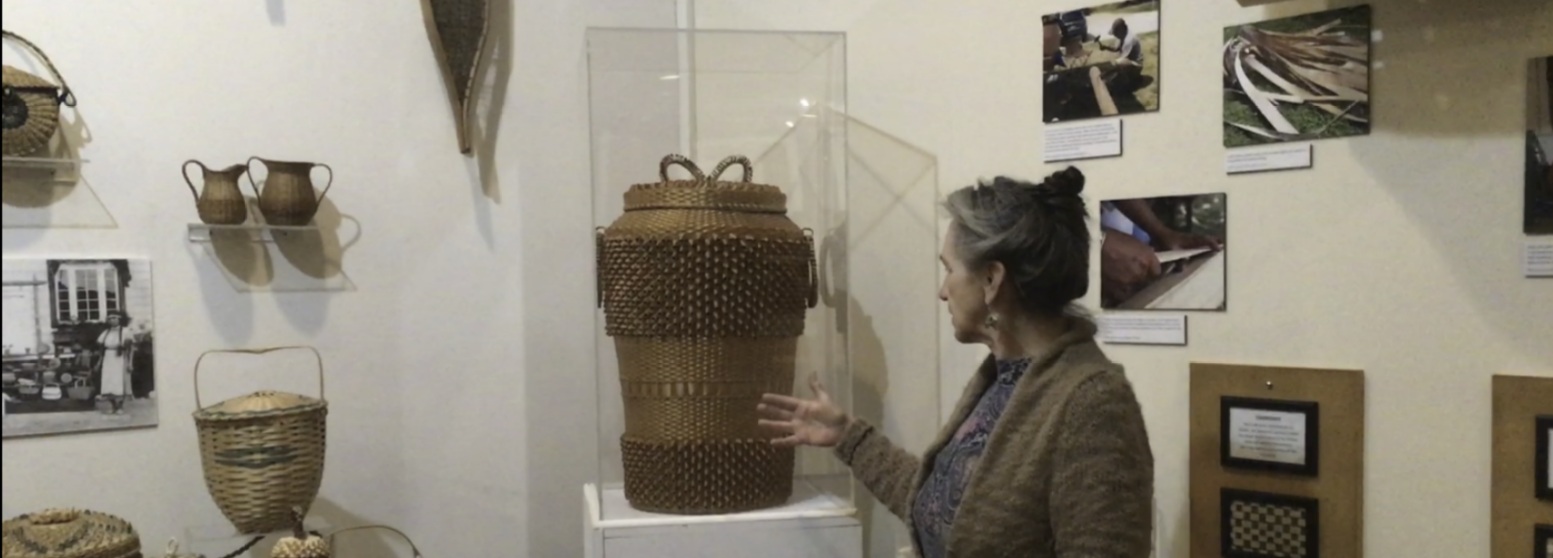
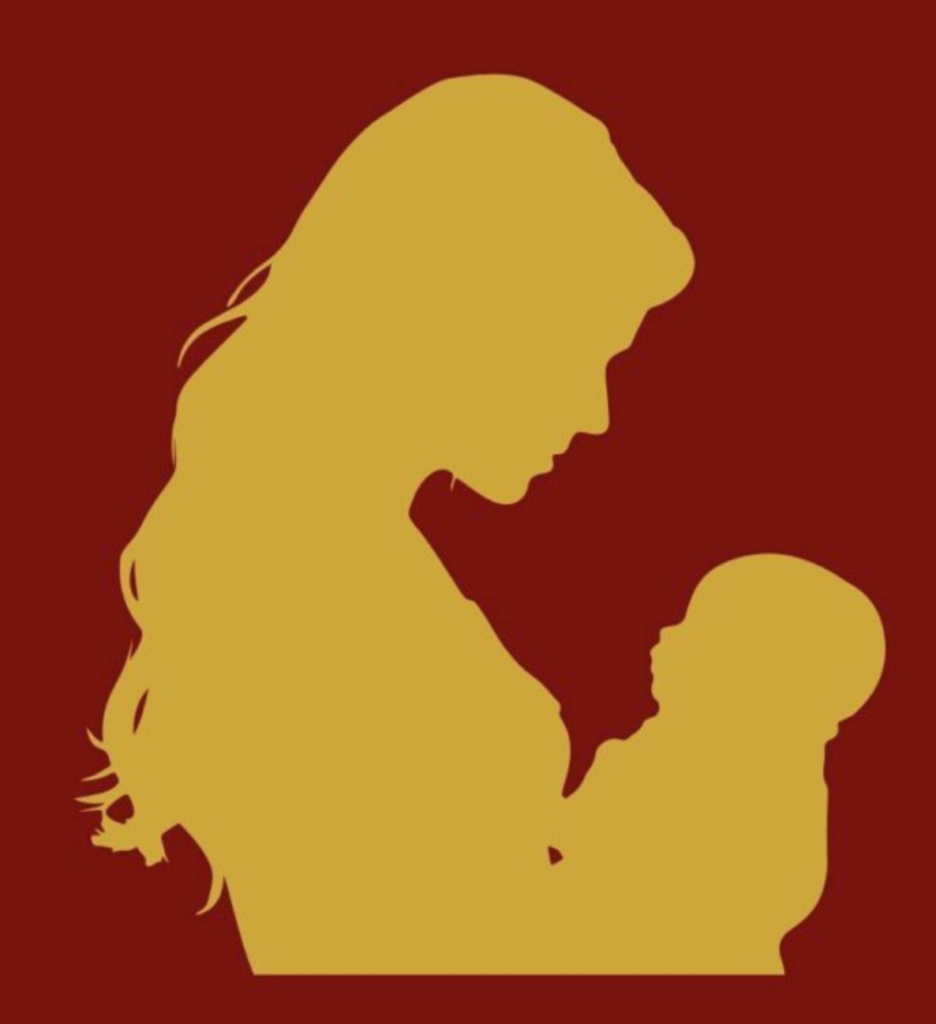






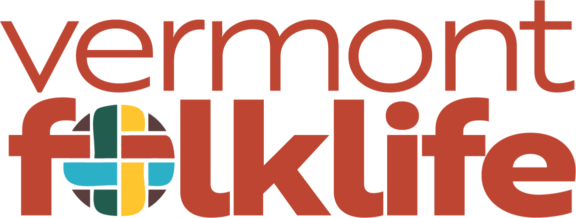

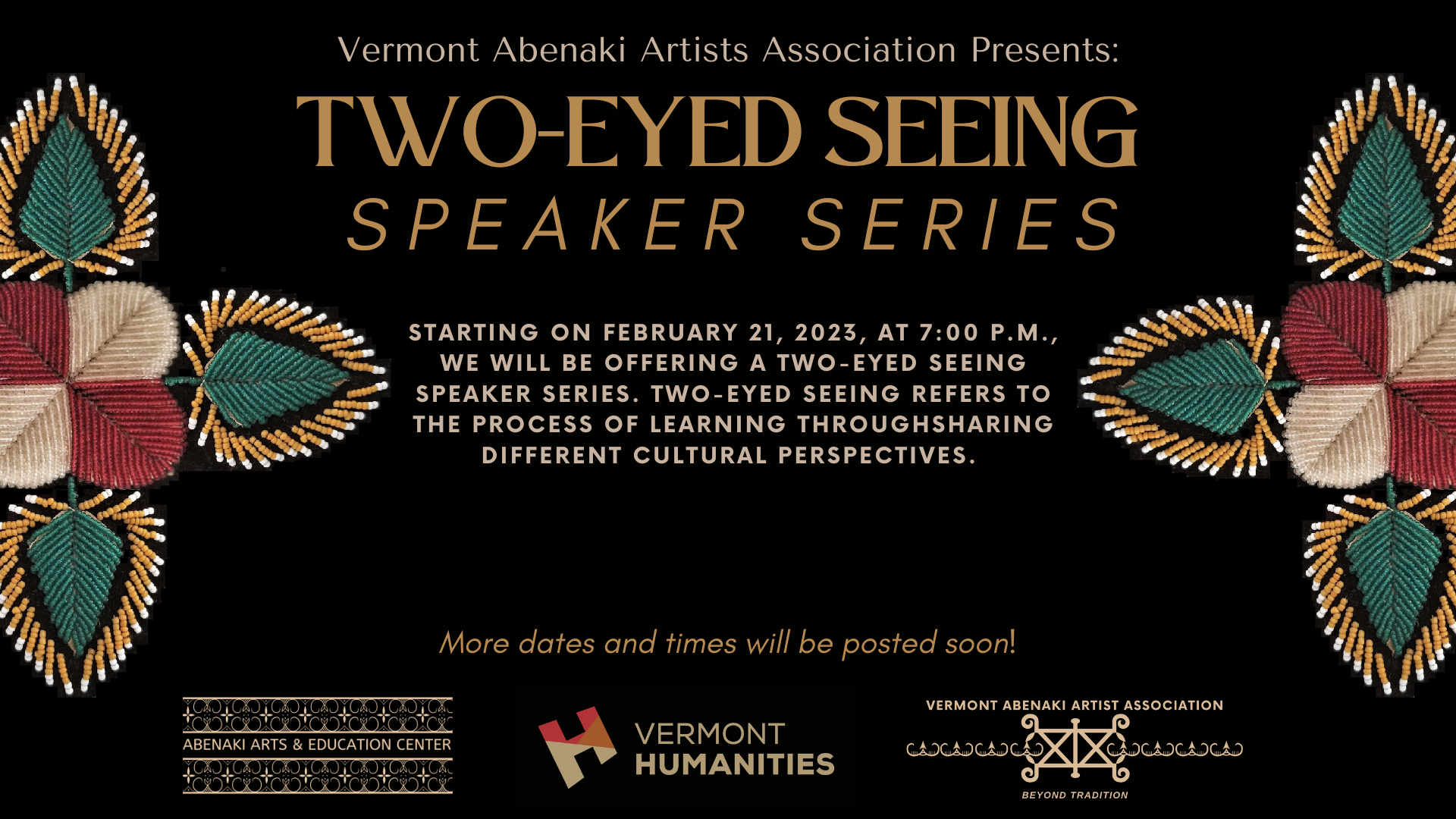


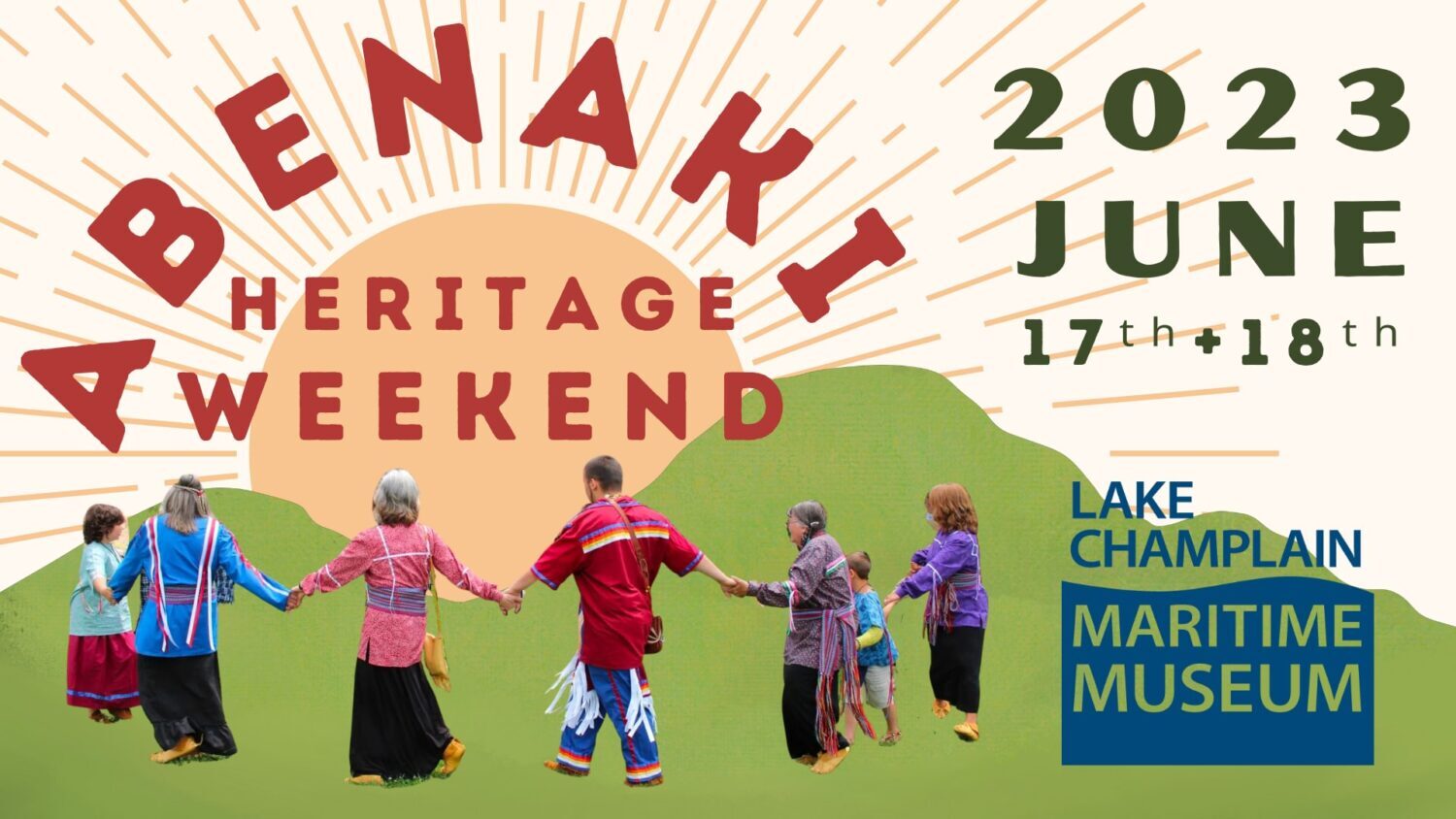




 The State of Vermont recognizes four Western Abenaki tribes: the Elnu Abenaki, the Koasek Traditional Band of the Koas Abenaki Nation, the Nulhegan Band of the Coosuk Abenaki Nation, and the Abenaki Nation of Missisquoi St. Francis-Sokoki Band.
The State of Vermont recognizes four Western Abenaki tribes: the Elnu Abenaki, the Koasek Traditional Band of the Koas Abenaki Nation, the Nulhegan Band of the Coosuk Abenaki Nation, and the Abenaki Nation of Missisquoi St. Francis-Sokoki Band.























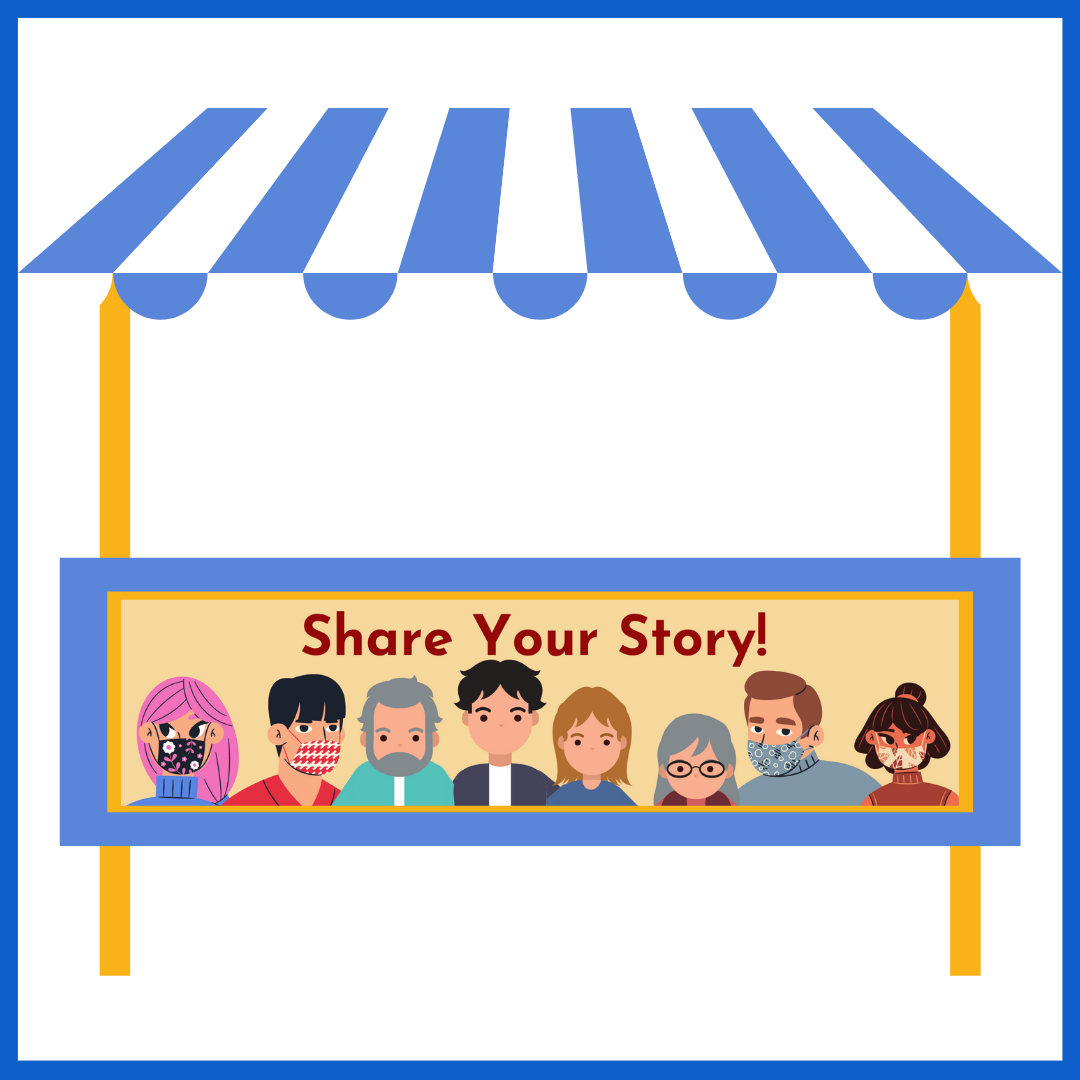


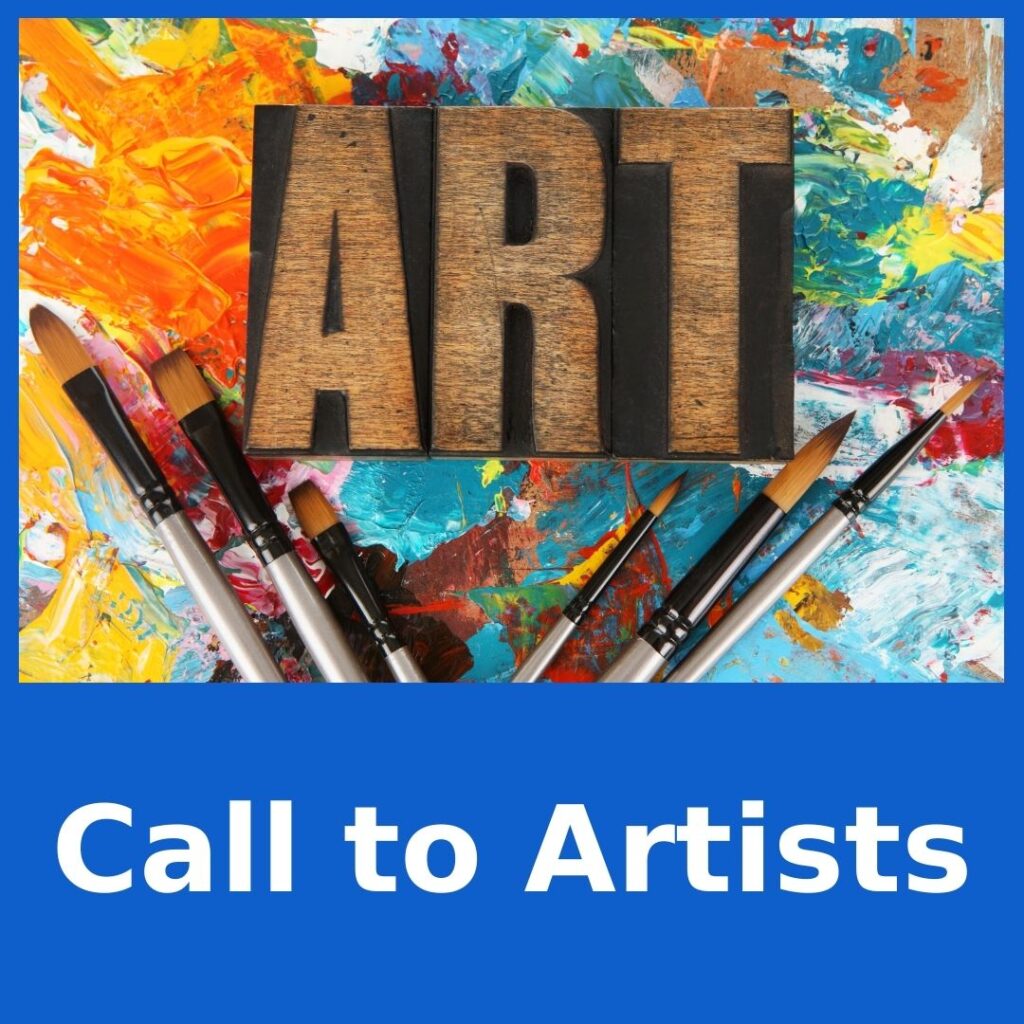
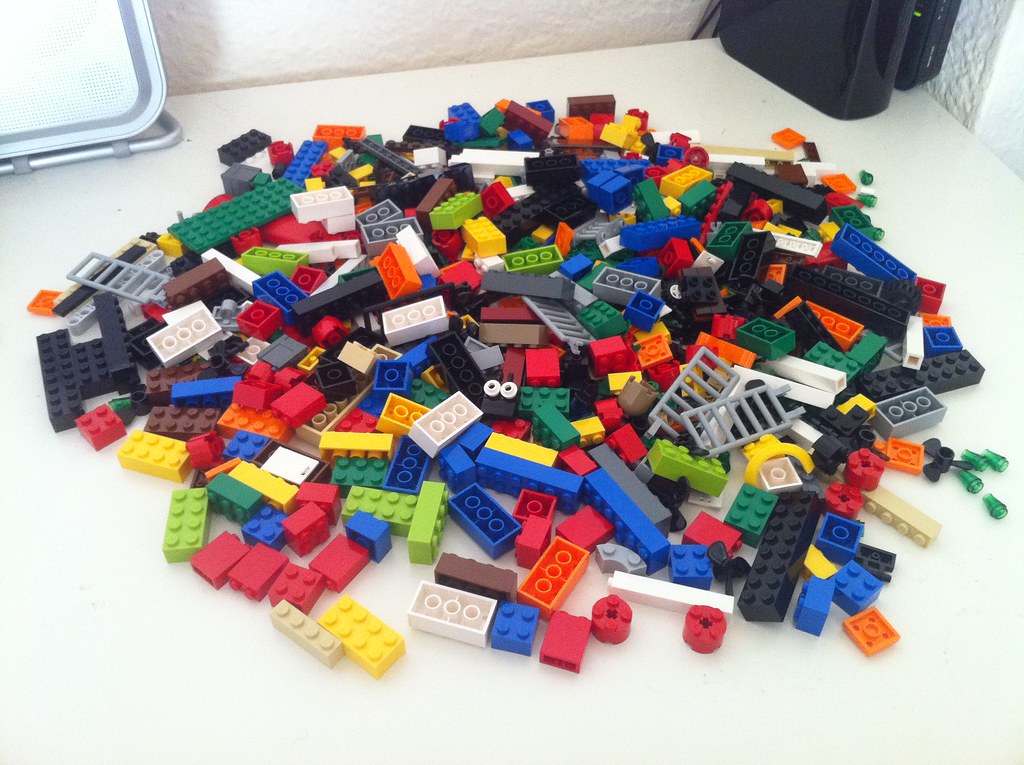




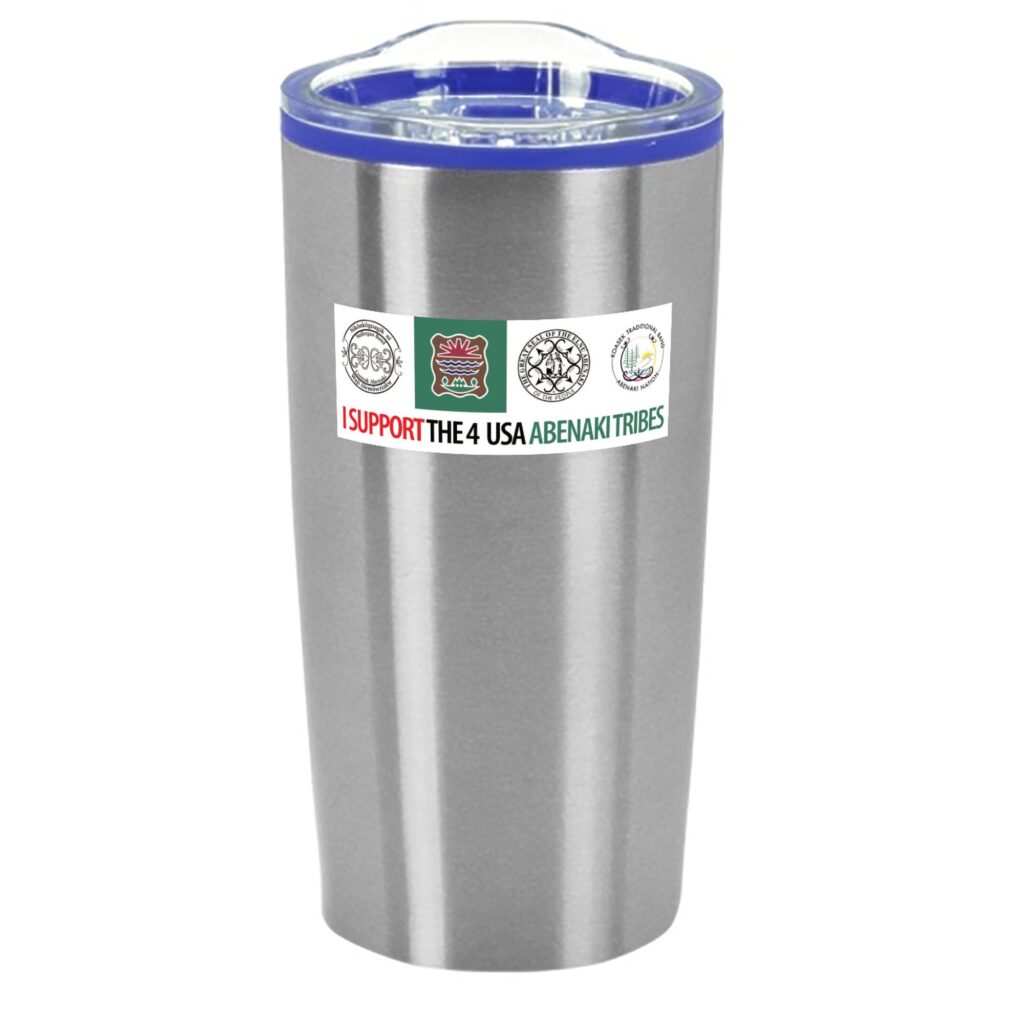











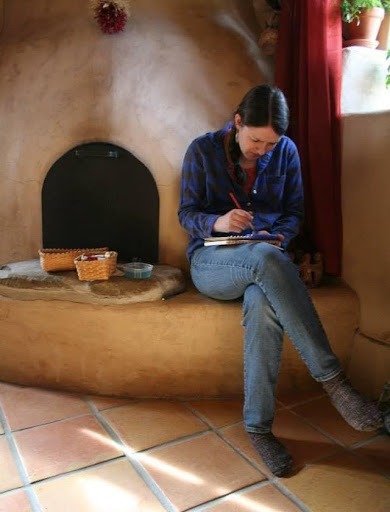
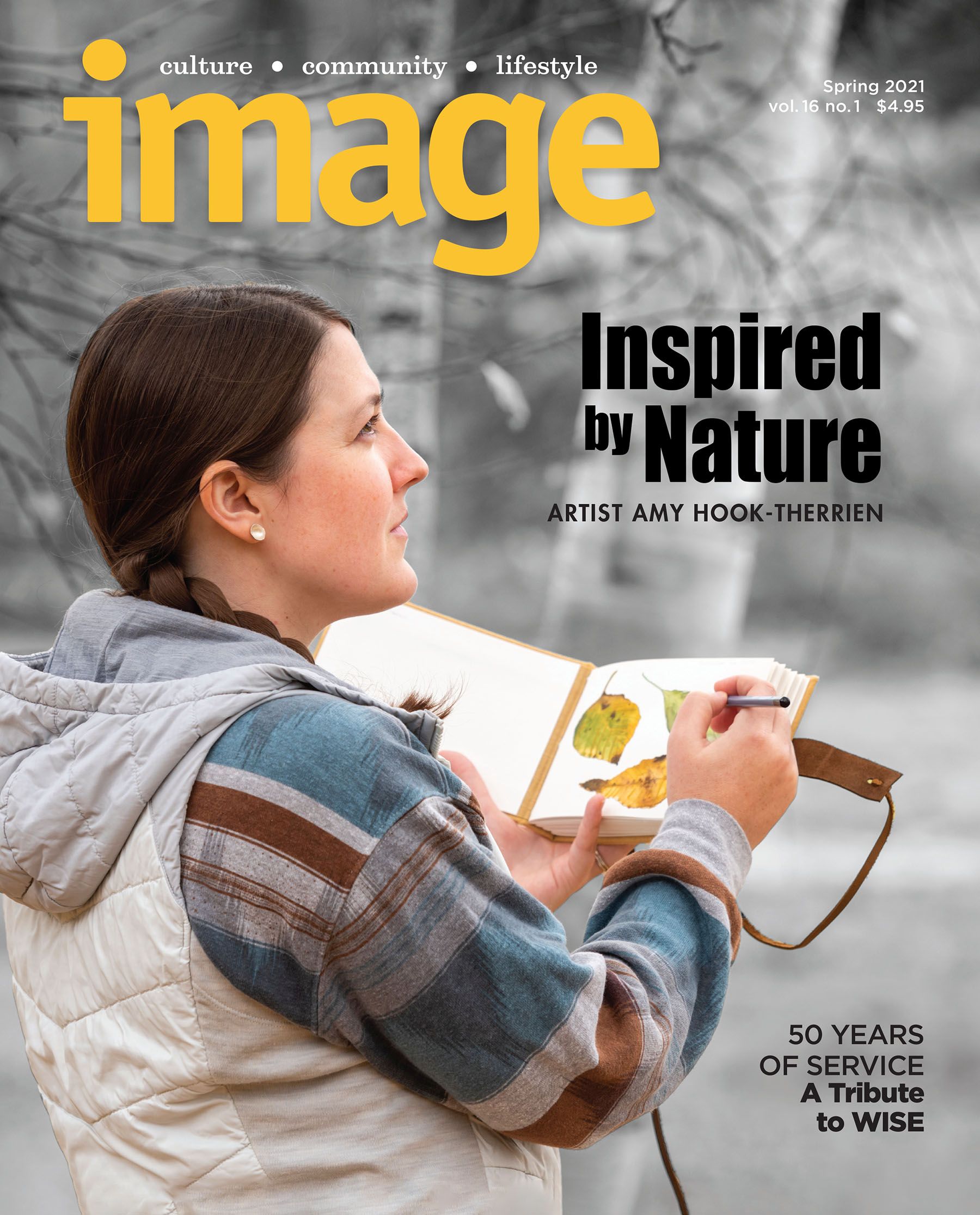


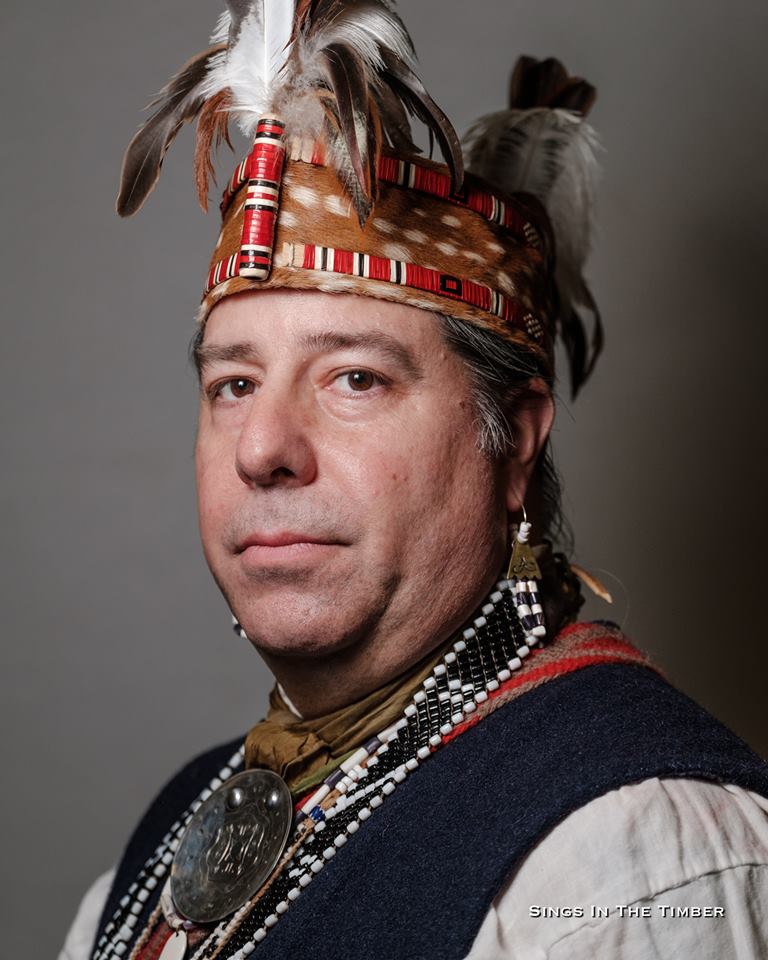


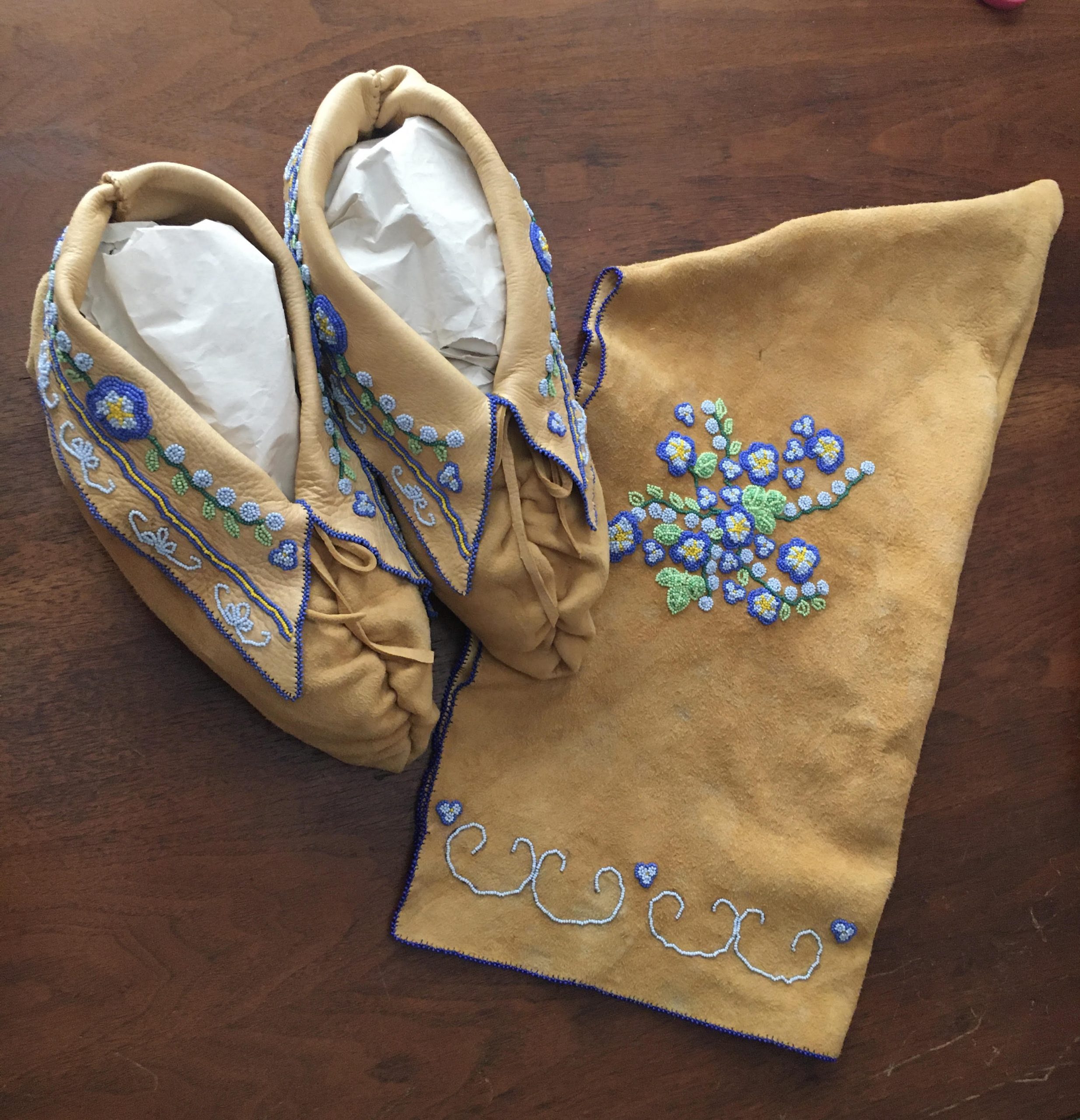





 Music, history and archaeology, weaving, social justice issues, heirloom plants and fire-pit cooking: through a combination of lectures and experiential learning, Abenaki scholars, historians, and culture bearers present their vibrant regional culture that reaches back nearly 13,000 years and continues into the 21st century. This 2
Music, history and archaeology, weaving, social justice issues, heirloom plants and fire-pit cooking: through a combination of lectures and experiential learning, Abenaki scholars, historians, and culture bearers present their vibrant regional culture that reaches back nearly 13,000 years and continues into the 21st century. This 2  There’s still time to buy Native this holiday season. Shop for one-of-a-kind holiday gifts from our local Native American artists at these locations and art markets:
There’s still time to buy Native this holiday season. Shop for one-of-a-kind holiday gifts from our local Native American artists at these locations and art markets:



